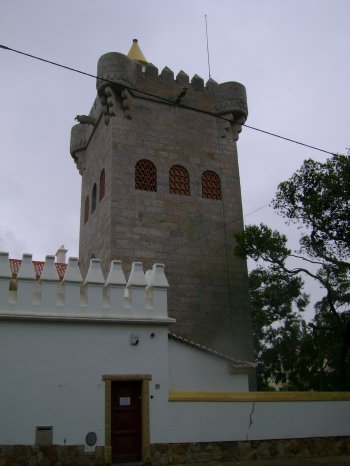Explore the best places
Monuments in Cascais
Farol da Guia
- heritage
Avenida Senhora do Cabo
2750-374, Cascais
When Portuguese expansion reached its peak in the 16th century, Cascais was one of the first places to have a lighthouse. The Guia lighthouse was built in 1610, and a small chapel was built nearby, bearing the inscription: "Guide for seafarers".
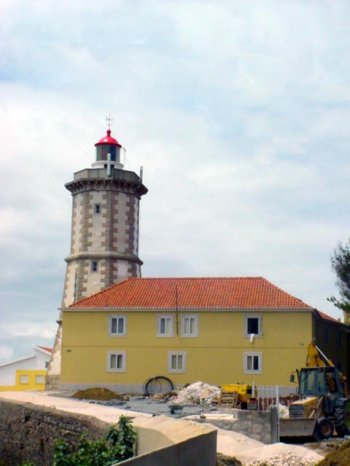
Palácio do Duque de Palmela
- heritage
Alameda Duquesa de Palmela
2750-335, Cascais
The palace, built on the site of the former Fort of Our Lady of the Conception, was acquired in 1868 by the Dukes of Palmela with the intention of constructing a summer residence there. The project is by the English architect Thomas Henry Wyatt. This building, of English revivalist architecture, is clad in stonework. On the main façade, above the door, the Coat of Arms of the Duchess of Palmela's family can be seen.
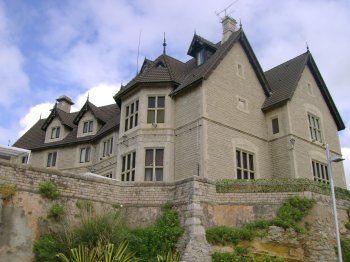
Forte do Guincho / Forte das Velas
- heritage
Estrada do Abano
2755-140, Alcabideche
Of the original Guincho Fort, only the outer walls and a tombstone above the gate remain. This fort was part of the Atlantic coastal defense line.
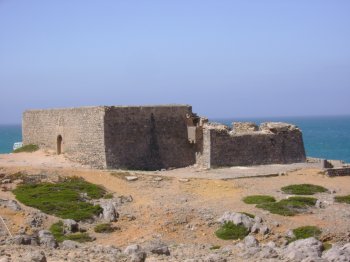
Marégrafo de Cascais
- heritage
Passeio Dona Maria Pia
2750-429, Cascais
A 19th-century tide gauge with a circular plan, featuring a cylindrical volume covered by a semi-spherical dome. It has a round-arched portal with limestone framing and two arched windows. Inside, there is the tide gauge itself, a mechanical system based on buoys, cogwheels, and a clockwork mechanism.
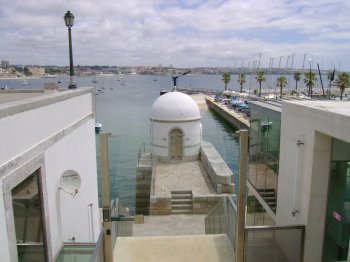
Forte de São Jorge de Oitavos
- heritage
Estrada do Guincho - EN247
2750-642, Cascais
Built during the reign of Dom João IV, this fortress still maintains its primitive structure with its scuttles, its patrol walk and its stairways. The barrack, located in the middle of the stronghold and of the two waters rooftop, is very well preserved.
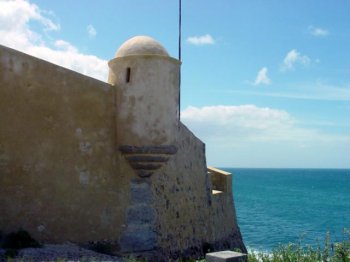
Farol de Santa Marta
- heritage
Rua Farol de Santa Marta
2750-800, Cascais
The farol de Santa Marta is one of the oldest in the municipality and played an important role in the safety of Cascais and the guidance of boats to dry land. Despite maintaining its functions, currently houses a museum space dedicated to five centuries of Portuguese headlights life, its history and heritage value.
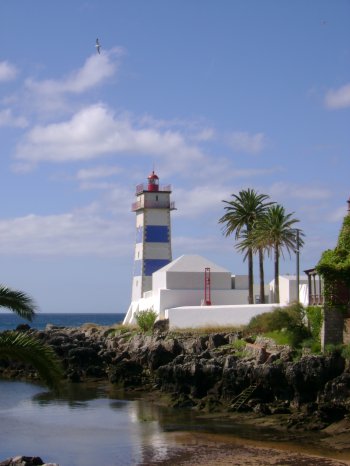
Vigia do Facho
- heritage
Avenida Rei Humberto II de Itália
2750-800, Cascais
Watchtower also known as Lookout from the mouth of hell, which is integrated in the defensive system of the bar Tejo. Although badly damaged, preserves the original structure.
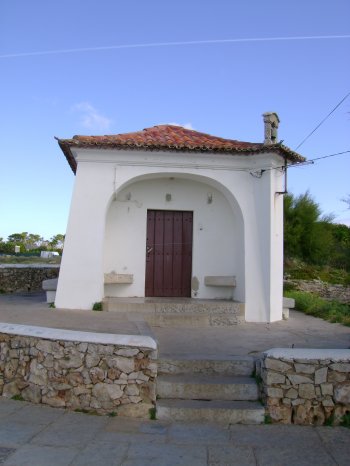
Troços da Antiga Muralha de Cascais
- heritage
Rua Marques Leal Pancada
2750-430, Cascais
Of the ancient medieval wall there are only some vestiges left, including one of its gates. Rather damaged by the partisan guerillas in 1580, it was rebuilt after the Restoration.
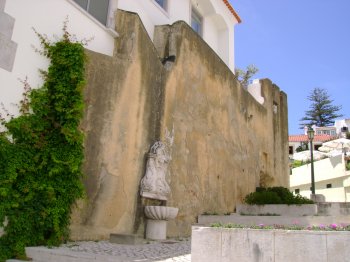
Villa Pomares / Antigo Colégio João de Deus
- heritage
Avenida das Acácias, 357
2765-390, Estoril
Large estate surrounded by a masonry wall hiding the building of housing and construction. Develops on four floors and differentiated coverage features and staggered with one, two, three and four waters. He currently is vacant.
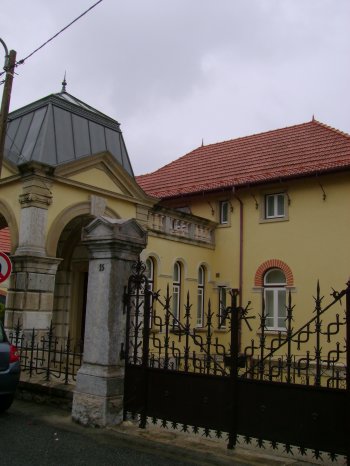
Torre de São Patrício / Casa Verdades de Faria / Museu da Música Portuguesa
- heritage
Avenida de Sabóia, 1146
2765-420, Estoril
Tower built in 1917 by George O'Neill, according to Raul Lino project. Features L plant, common plant cloister hinged rectangle and a square plan adossado body, with two roofs and three waters. Around the House there is a garden that forms a nice public park.
